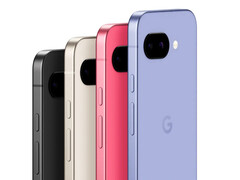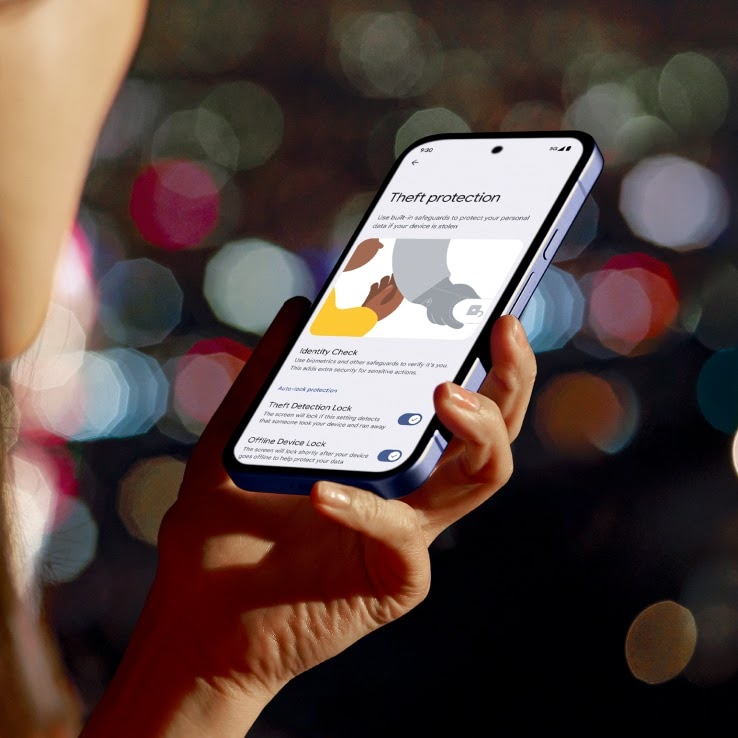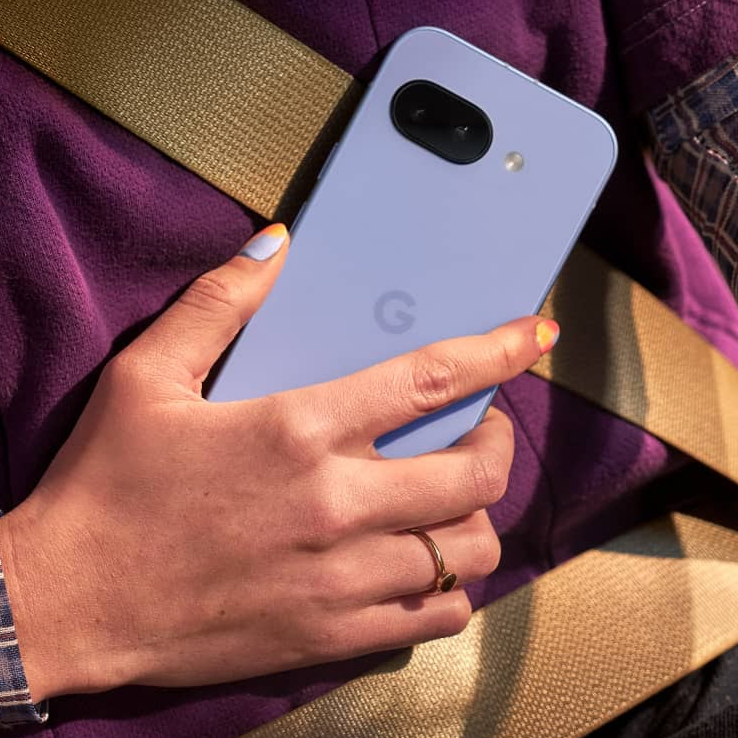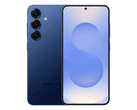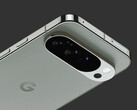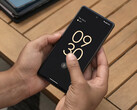Google has finally unveiled the Pixel 9a, seven months after kicking off the Pixel 9 series with flagships like the Pixel 9 Pro (curr. $849 on Amazon). As expected, the new Pixel A handset sports a simplified design compared to the Pixel 8a, which is not even a year old at this point.
With the Pixel 9a, Google has returned to an almost flush camera housing. To achieve this design, the company has installed a 48 MP primary camera with a 1/2-inch optical format and an f/1.7 aperture, which is technically inferior to the equivalent found in the Pixel 9. The same is true of the former's ultra-wide-angle camera, which resolves at 13 MP with a 1/1.31-inch optical format and an f/2.2 aperture.
Nonetheless, Google continues to include various AI camera features, whether that be 'Best Shot' or 'Add Me', which stitches multiple photos together to create a group shot. The Pixel 9a also contains Google's Tensor G4 chipset, as well as a 120 Hz OLED display that measures 6.3-inches across and outputs at 1080p with 1,800 nits peak brightness or 2,700 nits when viewing HDR content.
Moreover, Google has installed a 5,100 mAh battery that supports wireless and 23 W wired charging, the latter via a USB 3.2 Type-C port. The Pixel 9a starts at $499 with 128 GB of storage but rises to $599 if you want twice as much storage but the same 8 GB of RAM. Google will begin selling the Pixel 9a next month with a promised 7 OS upgrades from Android 15 onwards.




